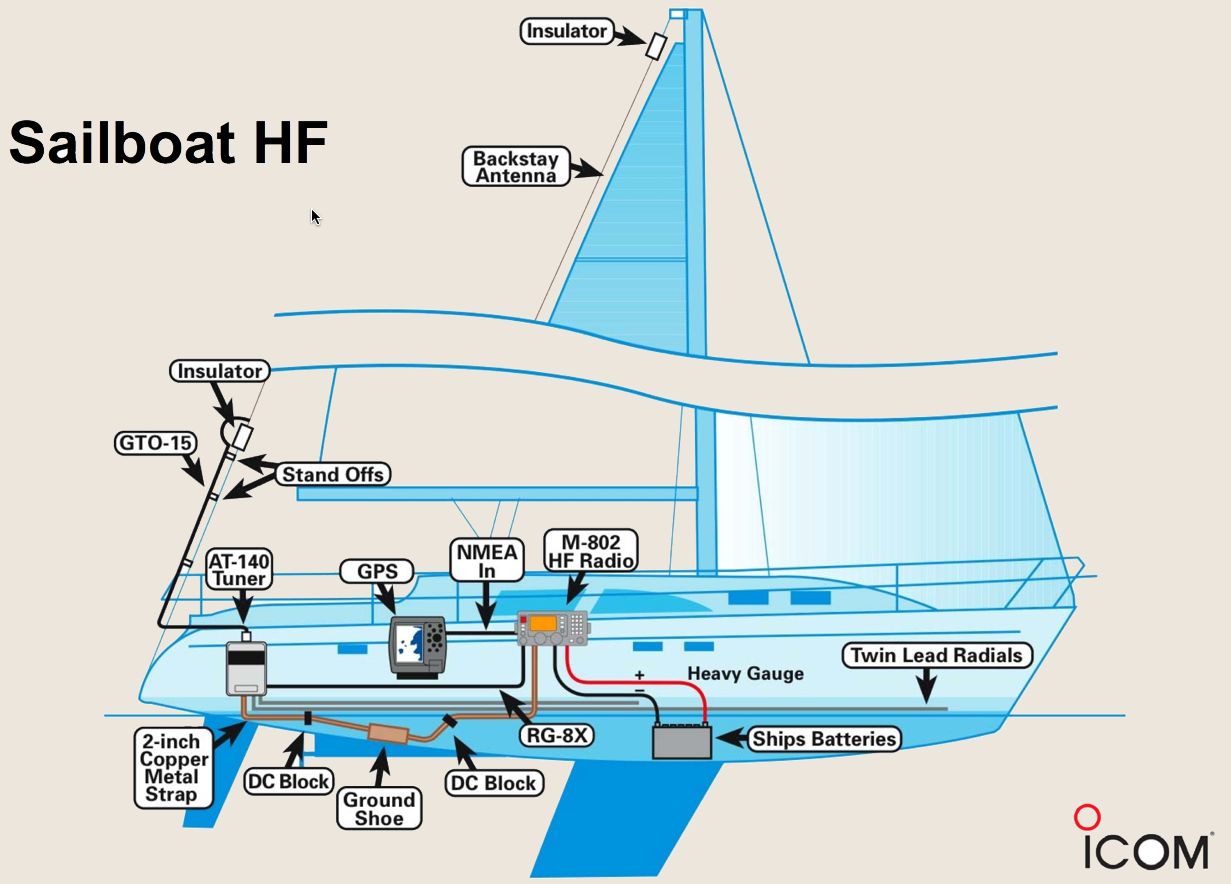Cruise Ship Buoyancy

When a ship is floating in still water the pressure of water on the boat below the waterline pushes upward creating a buoyant force.
Cruise ship buoyancy. Even a large mass like a cruise ship will stay afloat due to the principle of buoyancy the mass is equal to the upward pressure of the water. The concept of buoyancy is what keeps a cruise ship like Symphony of the Seas upright and floating. Since theyre designed as passenger vehicles they have very large safety margins.
Tall cruise ships have a low center of gravity which increases stability. To cruise ships and supertankers. Spread the weight of the ship over a greater volume.
How does a cruise ship float and not sink. The Greek scientist named Archimedes first discovered this phenomenon. According to the principle of buoyancy an object immersed in a liquid will face an upward force.
Decrease the volume of the ship D. Cruise ships have displacement hulls. There are three basic concepts that explain how and why a ship can float.
Density is a measure of how much stuff fills an object. Unlike air water cannot be compressed so the combined forces create buoyancy. See also displacement and deadweight.
In addition tall cruise ships are specifically constructed to be as buoyant as possible. If however it is less dense then water it will float. The cylindrical-type buoys can also if required be tted with quick release hooks and lanterns.



















